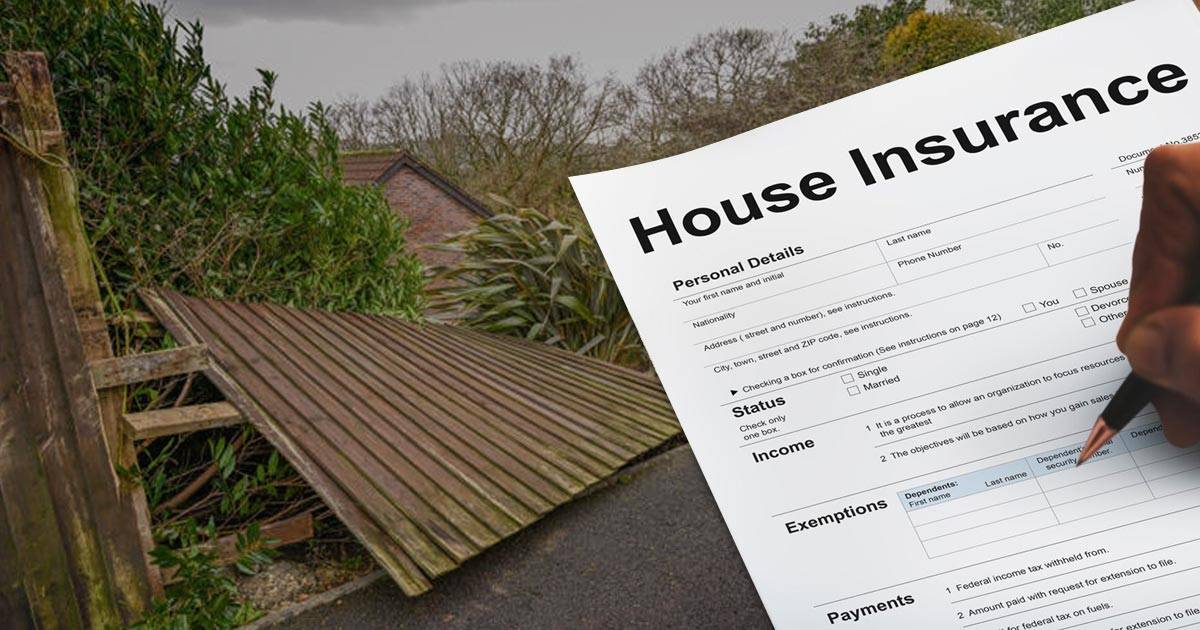Fallen Garden Fence: What Your Home Insurance Might Cover

Homeowners insurance provides essential financial protection for various aspects of a property, including structures such as fences. Many homeowners may wonder about the extent of this coverage when it comes to fence damage. Understanding what is covered and the process involved can help homeowners make informed decisions about their insurance policies and fence maintenance.
Are Garden Fences Covered by Homeowners Insurance?
Garden fences are typically covered under most standard homeowners insurance policies. These fences fall under the broader category of structures that are part of the property. If a garden fence suffers damage from covered perils such as severe weather, vandalism, or accidents, the homeowner can file a claim for repair or replacement.
However, it is essential to review individual policy details, as coverage can vary by insurer and specific policy terms. Some homeowners may also opt for additional coverage for specific materials or styles of fencing, especially if they have invested in high-end installations.
Does Homeowners Insurance Cover Damaged Fences?
In general, homeowners insurance covers damage to fences caused by unforeseen events, including storms, high winds, and falling objects. This means that if a severe storm damages a fence, homeowners can typically file a claim to cover the repair or replacement costs. However, homeowners must meet their policy’s deductible before receiving any compensation.
It’s crucial to document the damage thoroughly by taking photos and notes to support the claim. Additionally, regular maintenance of the fence can help prevent minor issues from becoming significant problems, reducing the likelihood of needing to file a claim.
What Happens If My Neighbor’s Tree Fell on My Garden Fence?
If a neighbor’s tree falls on a homeowner’s garden fence due to a storm or other natural event, the responsibility for the damages may depend on several factors. Generally, if the tree was healthy and the damage was purely an act of nature, the homeowner’s insurance policy would cover the fence repair costs.
However, if the neighbor had prior knowledge of the tree’s unhealthy condition and failed to address the issue, they could be held liable for the damage. Homeowners should consult their insurance agent to clarify coverage and potential liability in such scenarios, ensuring they are informed of their rights and responsibilities.
What Type of Fence Damage Isn’t Covered by Insurance?
Not all fence damage is covered by homeowners insurance. Common exclusions may include damages resulting from neglect or lack of maintenance. For instance, if a fence deteriorates over time due to rust or rot and eventually collapses, the insurance company may deny the claim, arguing that the homeowner failed to maintain the fence properly.
Additionally, damage caused by intentional acts, such as vandalism or accidents involving the homeowner’s negligence, may not be covered. Understanding these exclusions can help homeowners take proactive measures to protect their property and maintain their fences adequately.
How to File an Insurance Claim for My Damaged Fence
Filing an insurance claim for a damaged fence involves several straightforward steps. First, homeowners should notify their insurance company as soon as they identify the damage. Most insurers have a dedicated claims department to assist homeowners through the process. It’s important to document the damage with clear photographs and detailed descriptions, as this evidence can strengthen the claim.
Homeowners should also keep records of any communications with their insurance company. After filing the claim, an adjuster may be sent to assess the damage and determine the coverage amount. If the claim is approved, homeowners will receive a payout to cover repair or replacement costs, minus the deductible.
Understanding Fence Coverage in Homeowners Insurance
In conclusion, homeowners insurance can provide valuable coverage for fences, protecting homeowners from unexpected costs associated with damage. Understanding the specifics of what is covered, the types of damages excluded, and the process for filing claims is essential for all homeowners. By maintaining fences properly and being aware of their insurance policy’s terms, homeowners can ensure they are prepared for any eventualities.
Ultimately, effective communication with insurance providers and thorough documentation of damages are key to navigating the insurance process smoothly, making it easier to restore and protect property value when issues arise.
